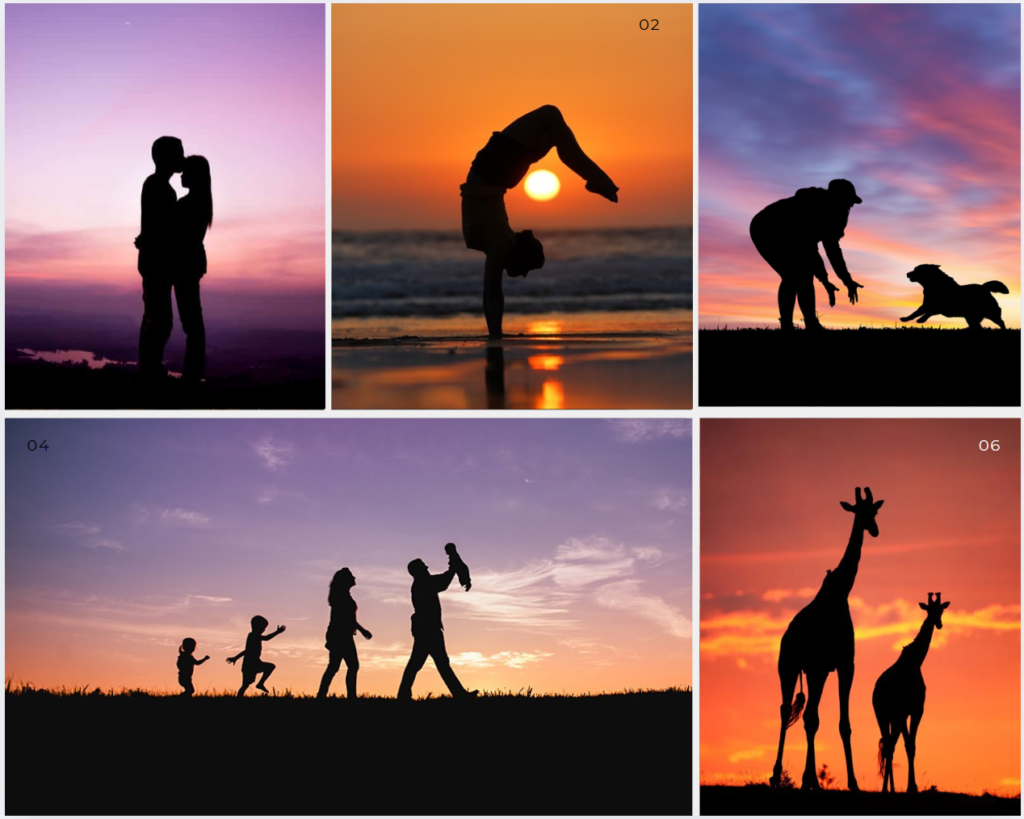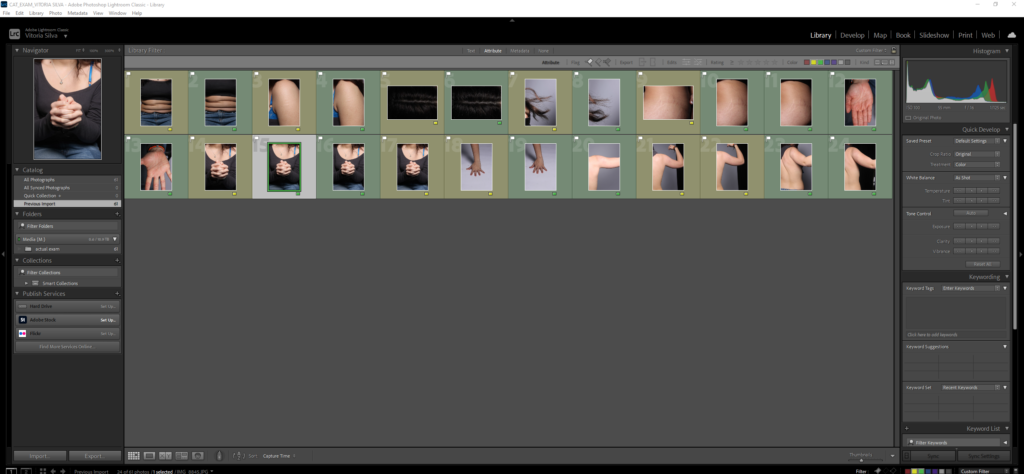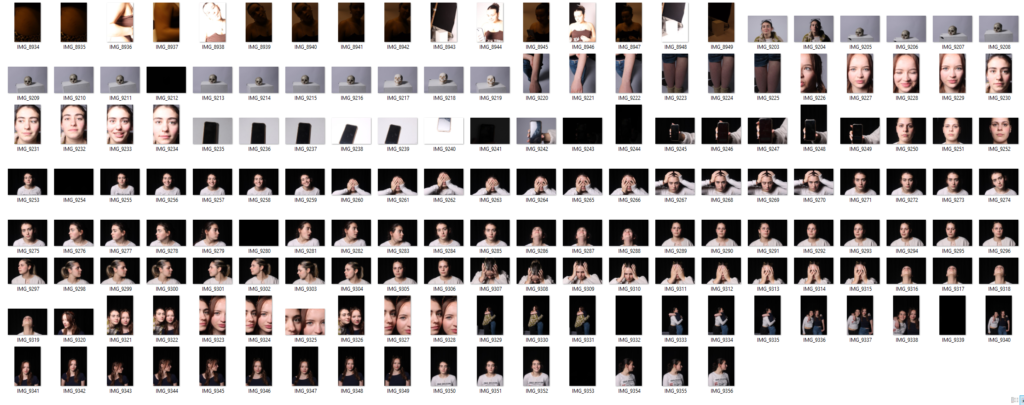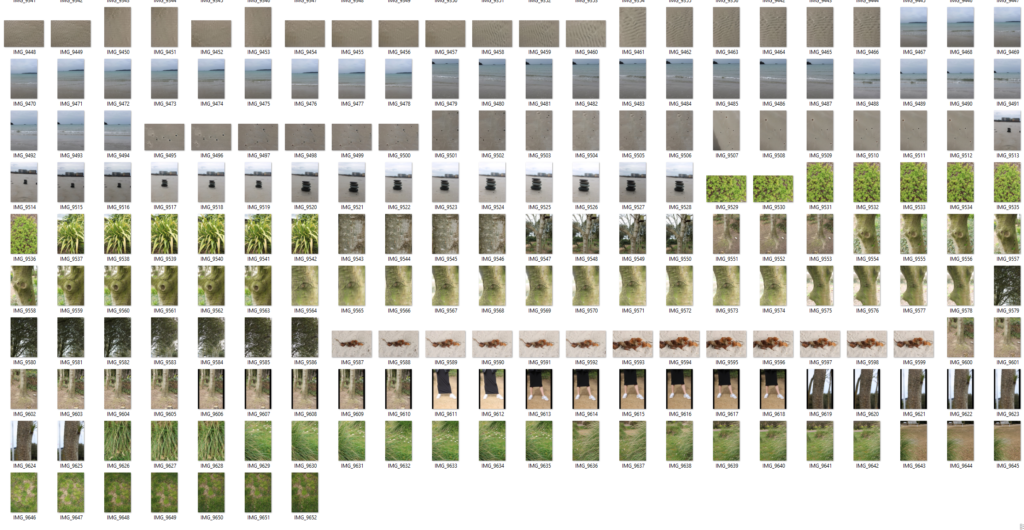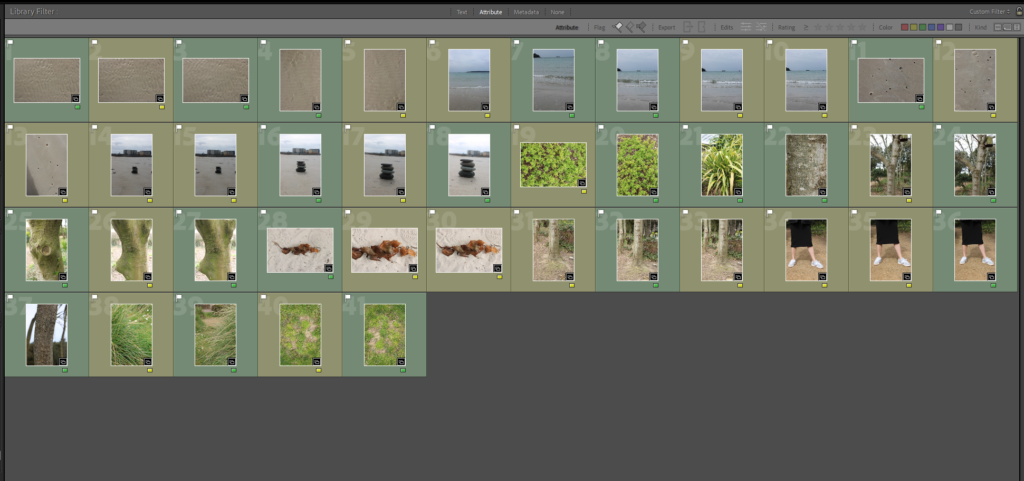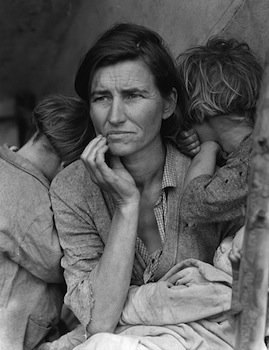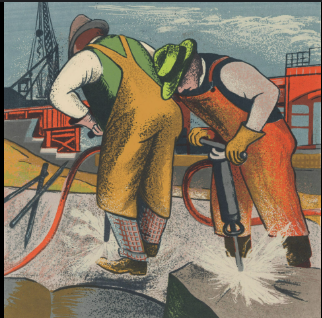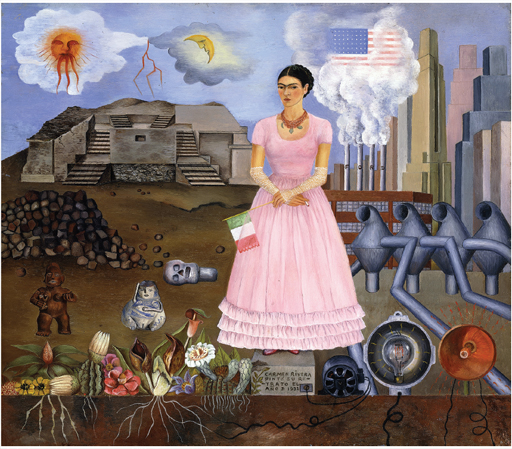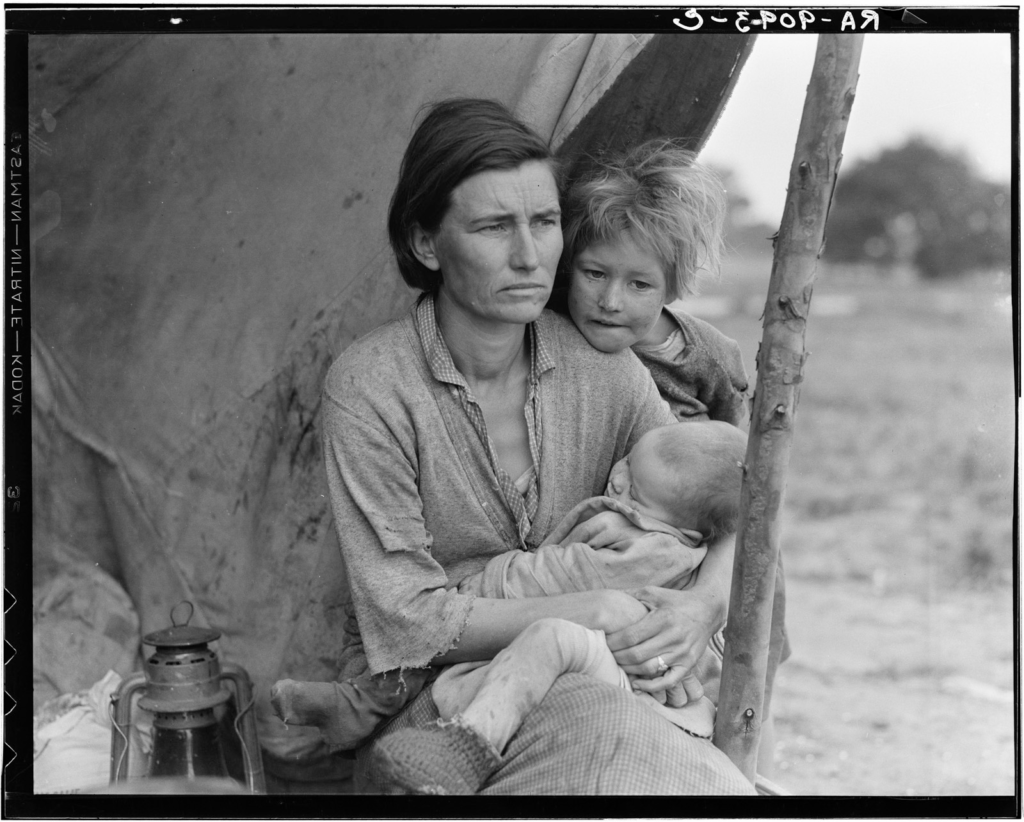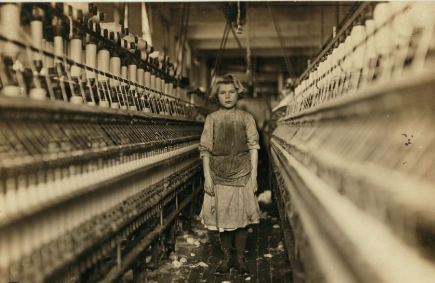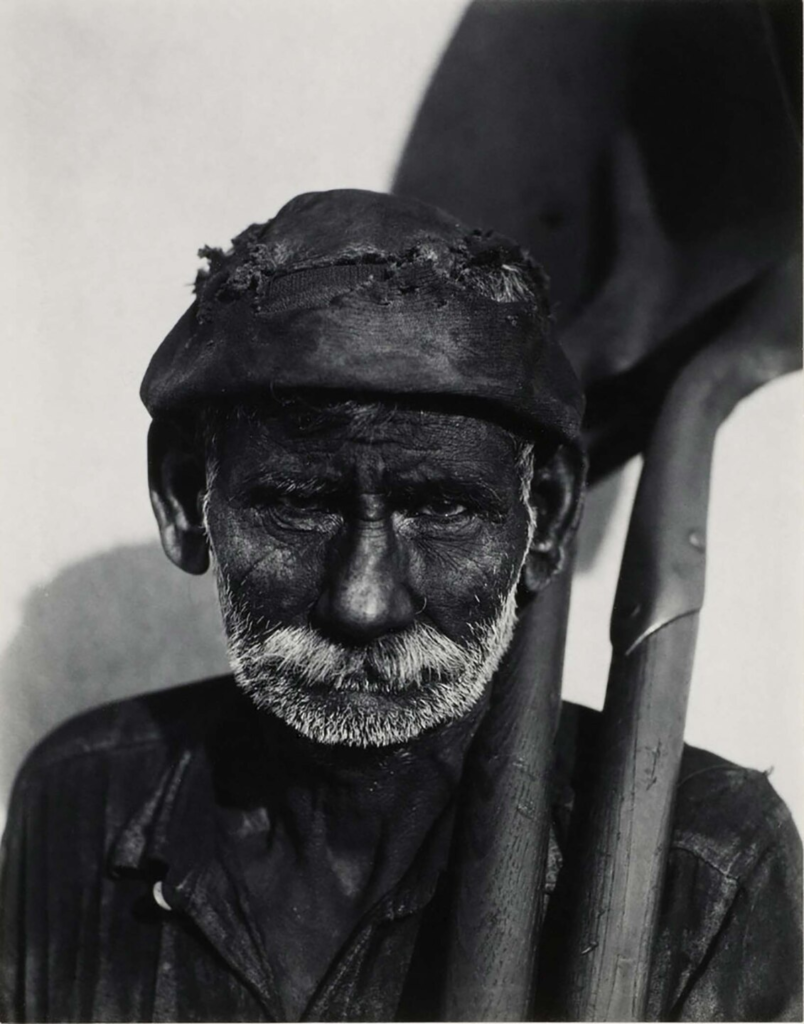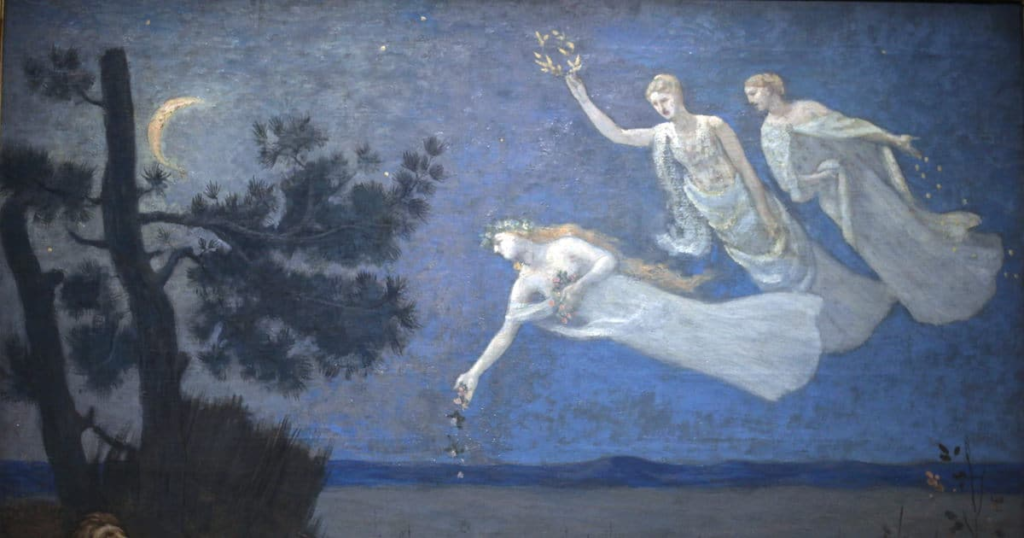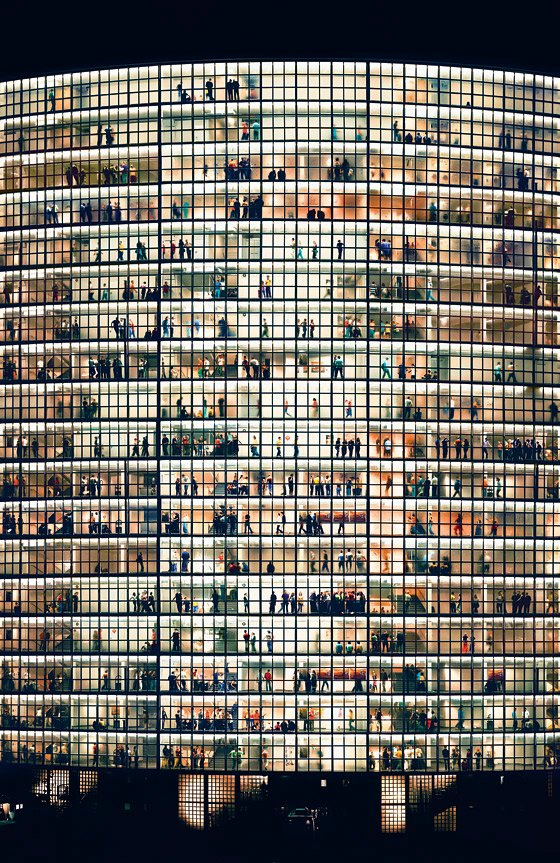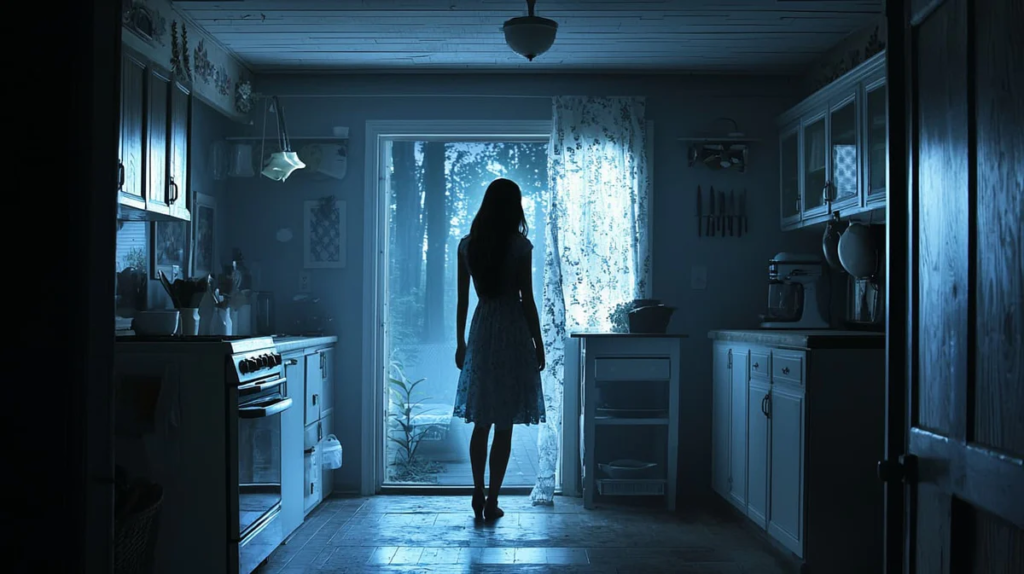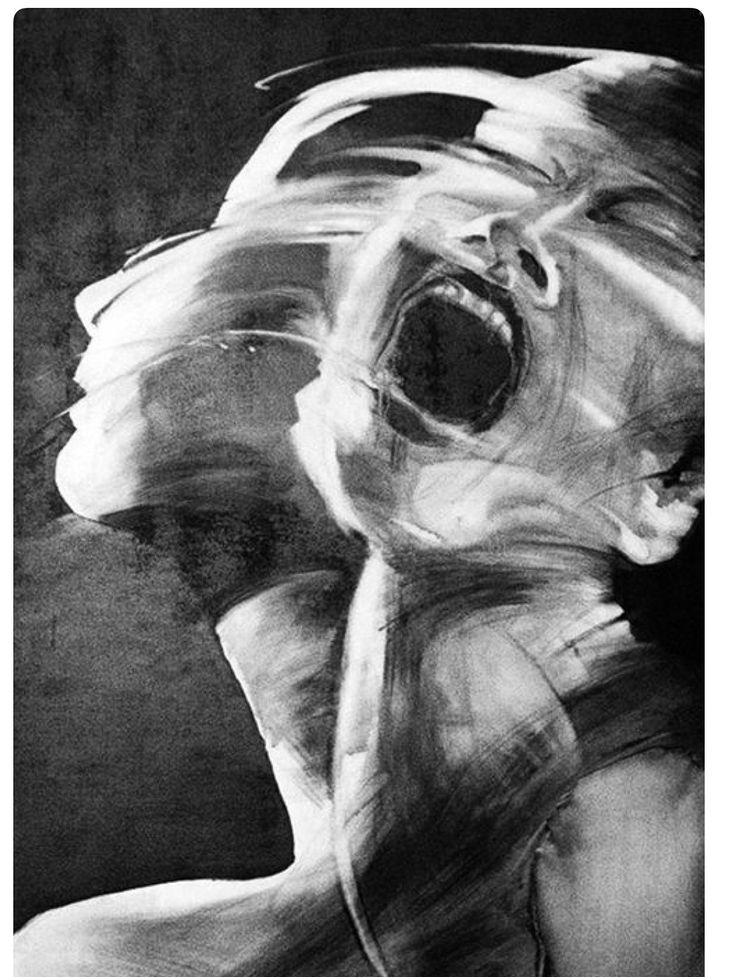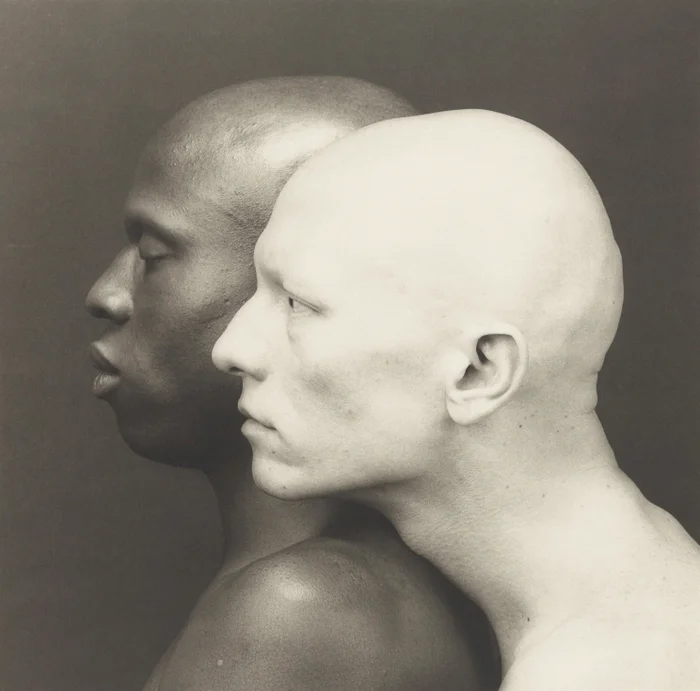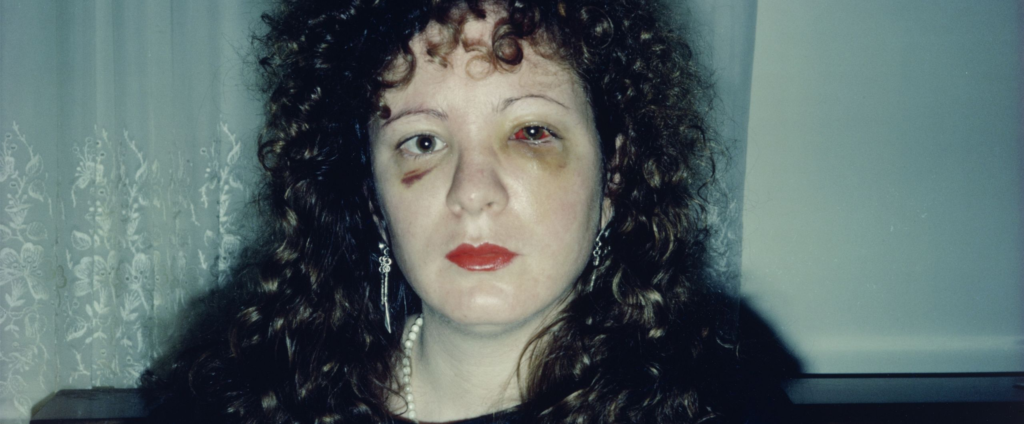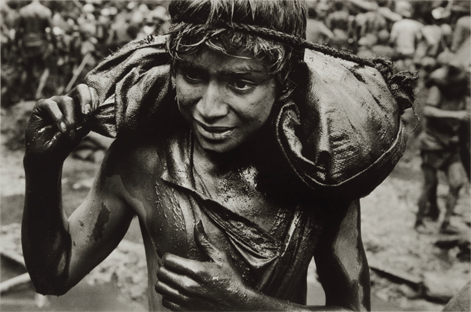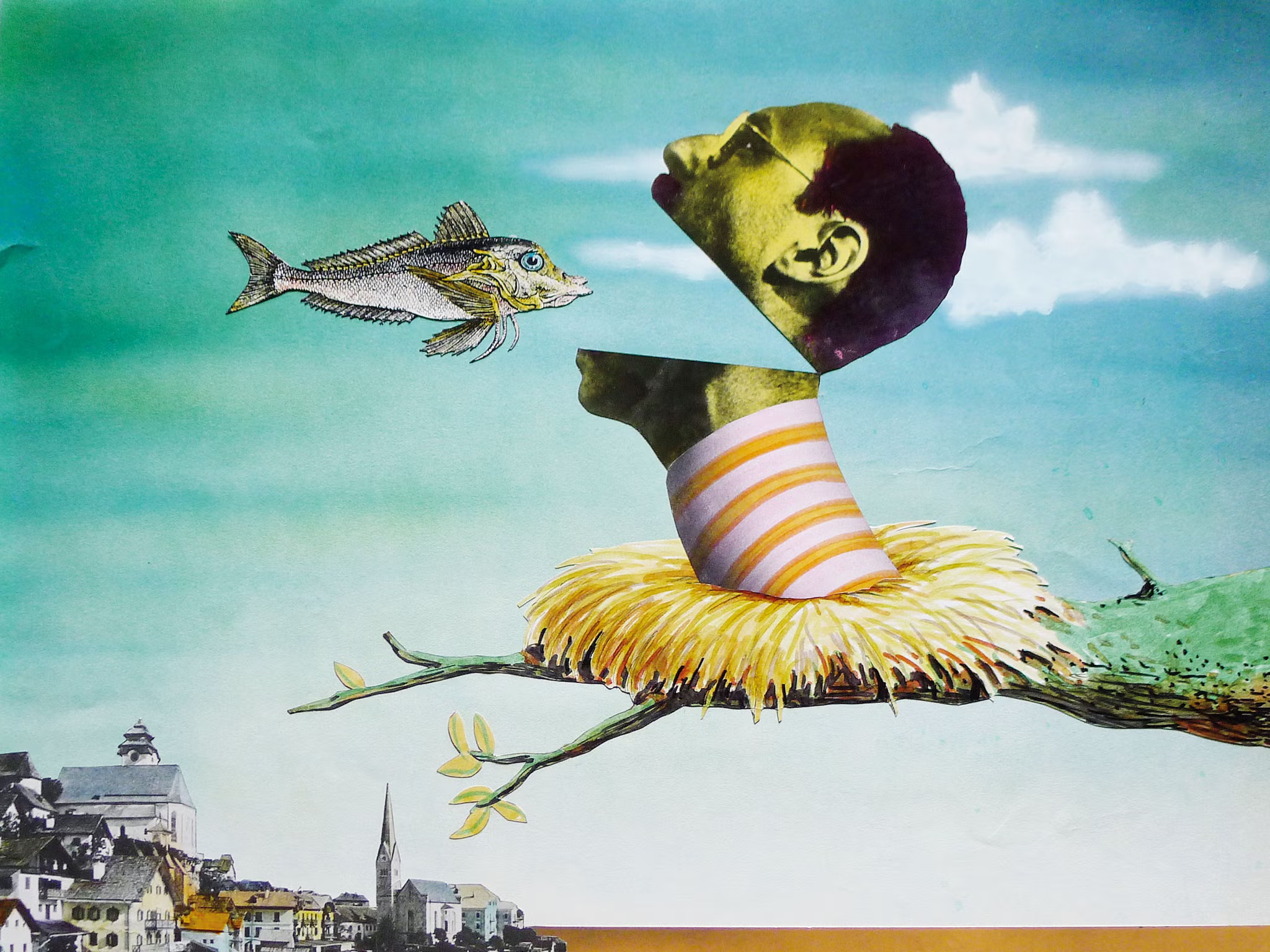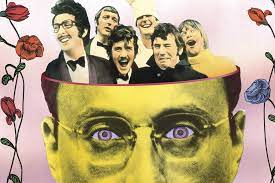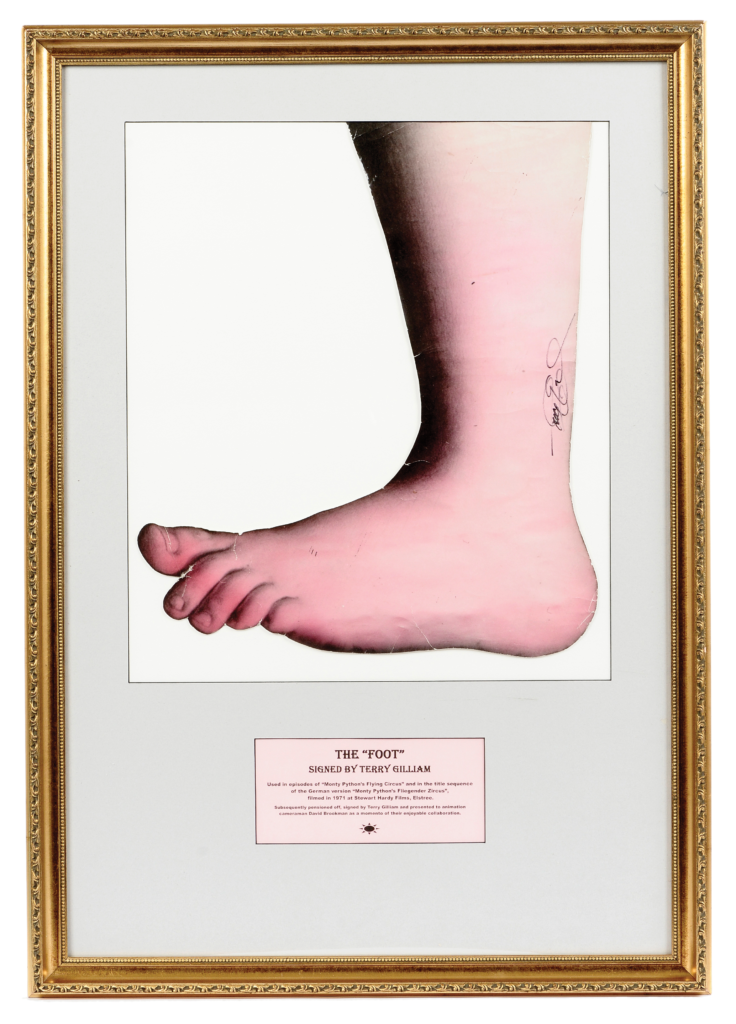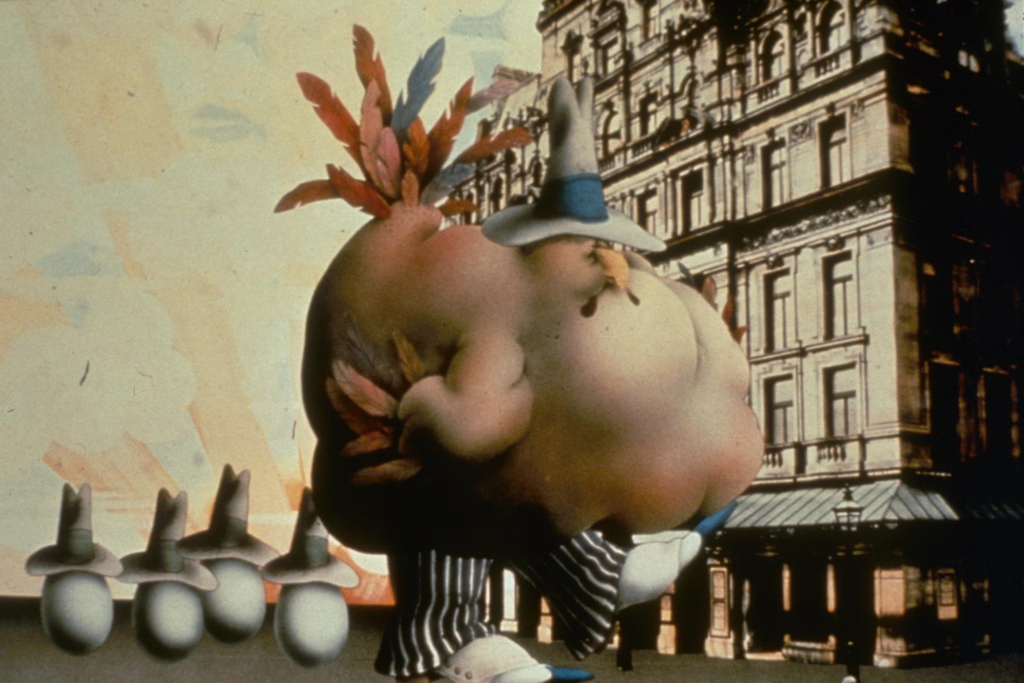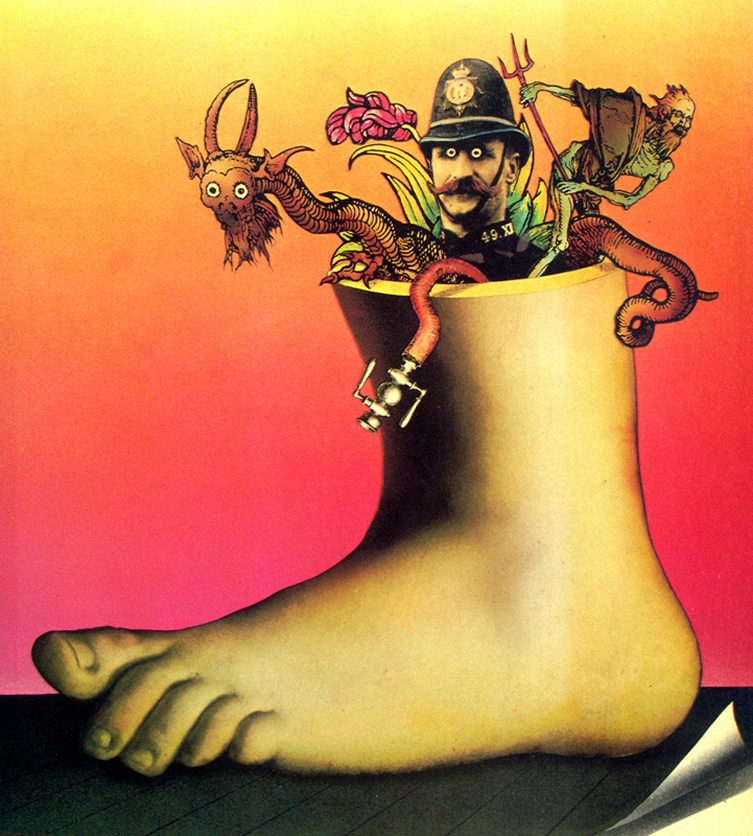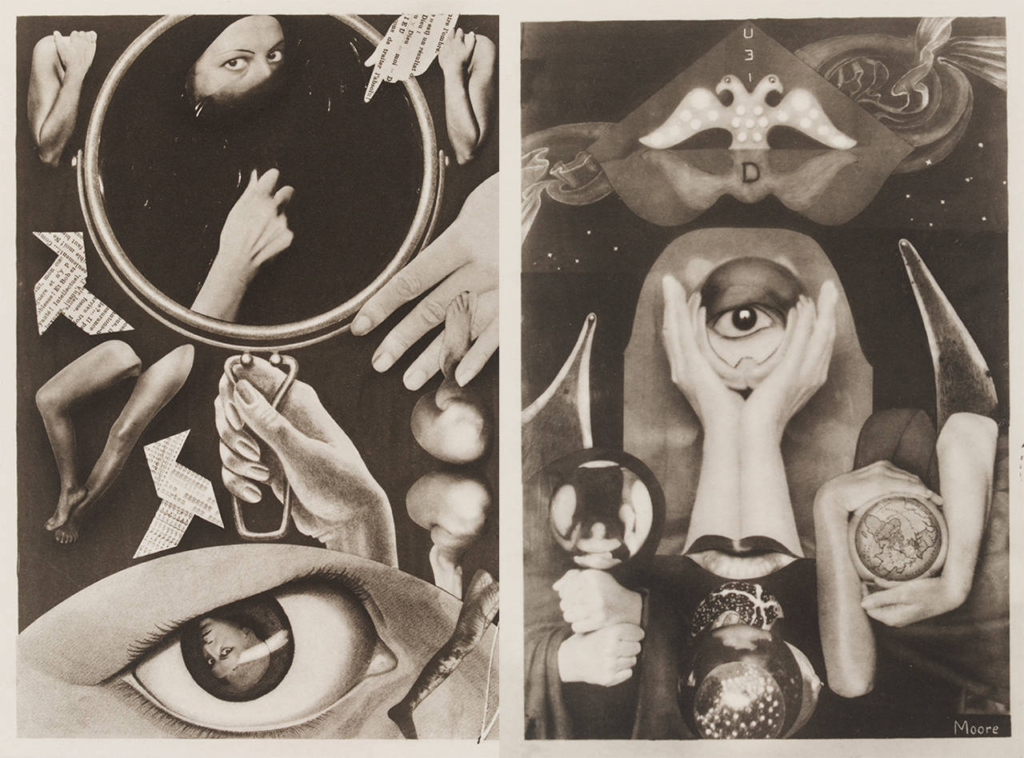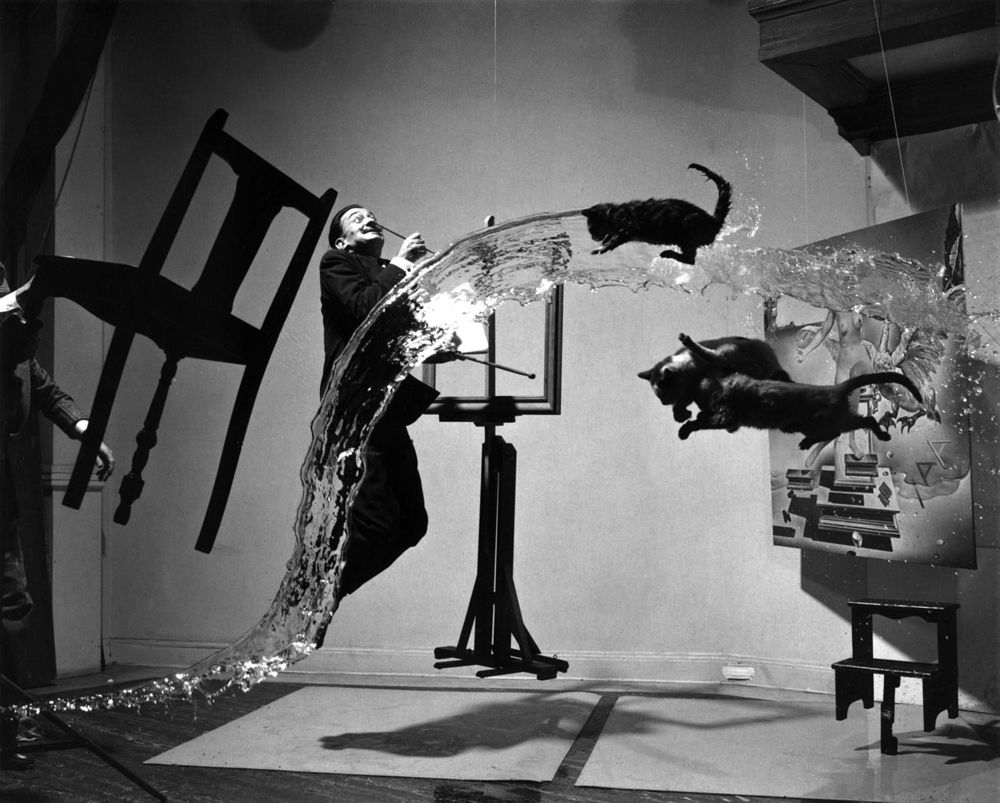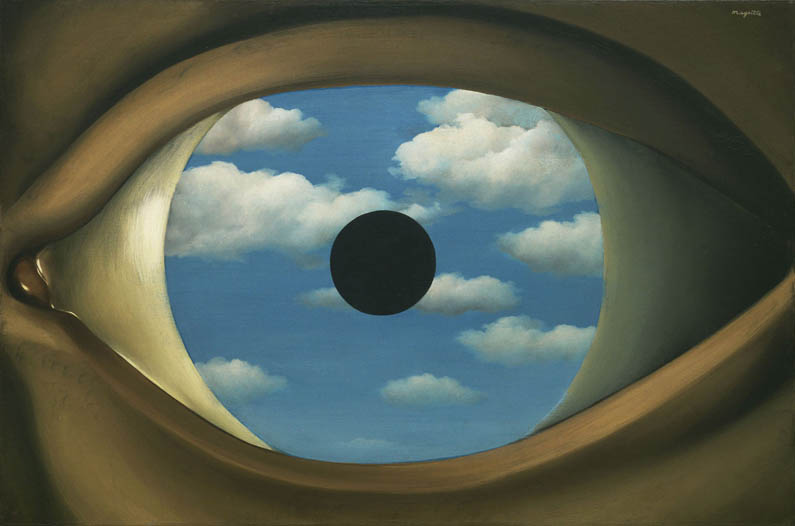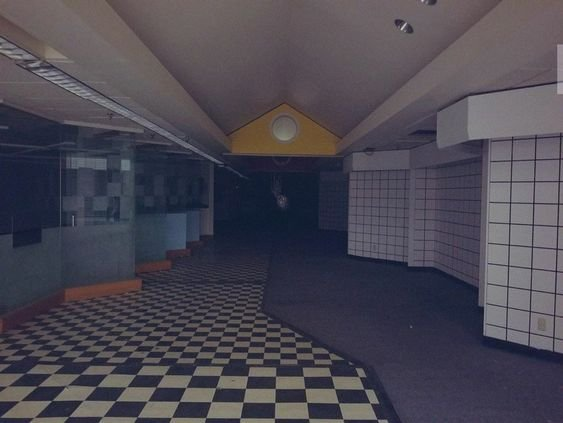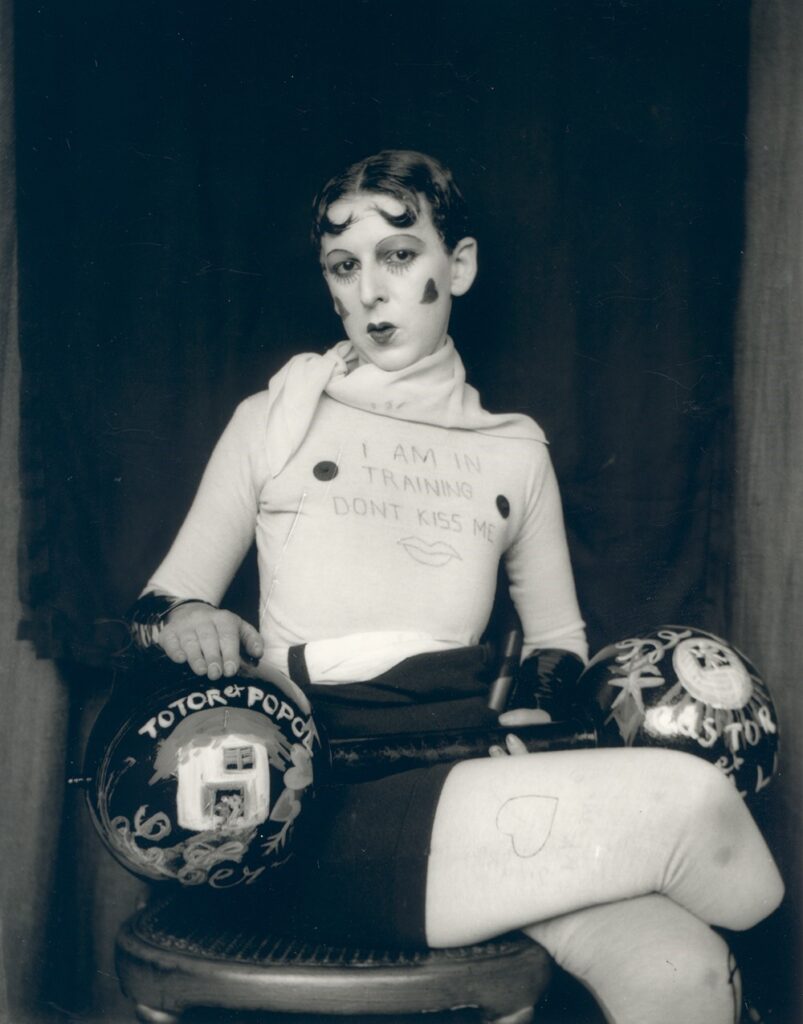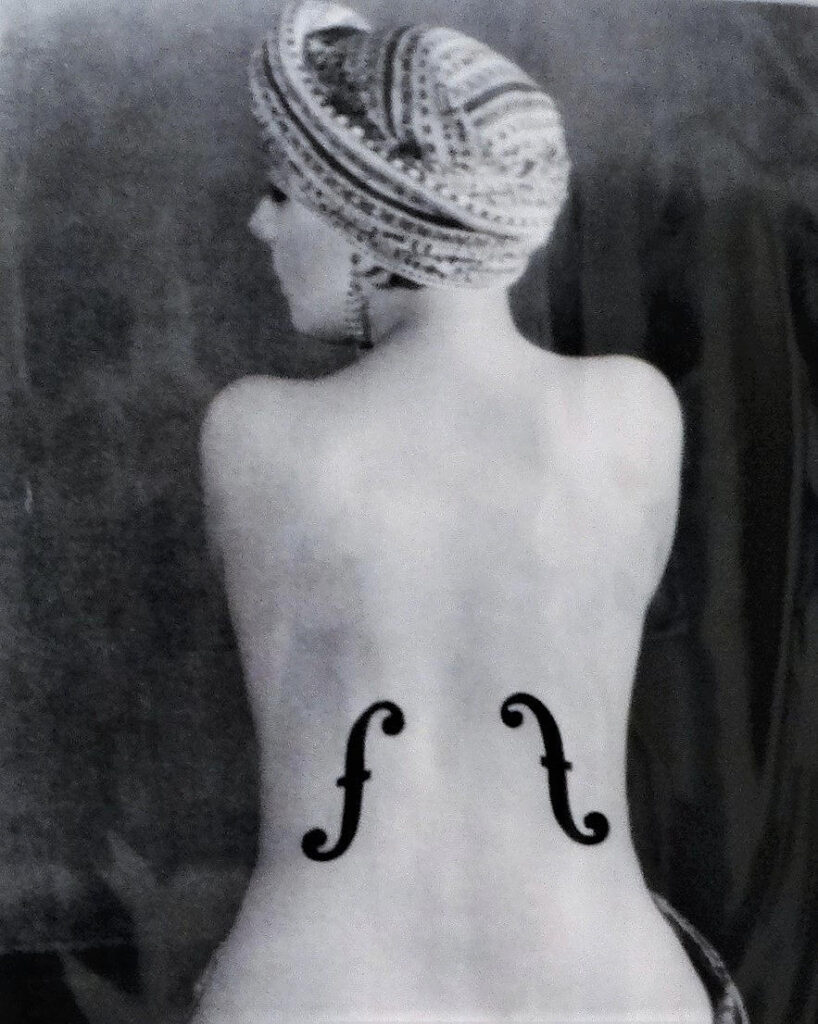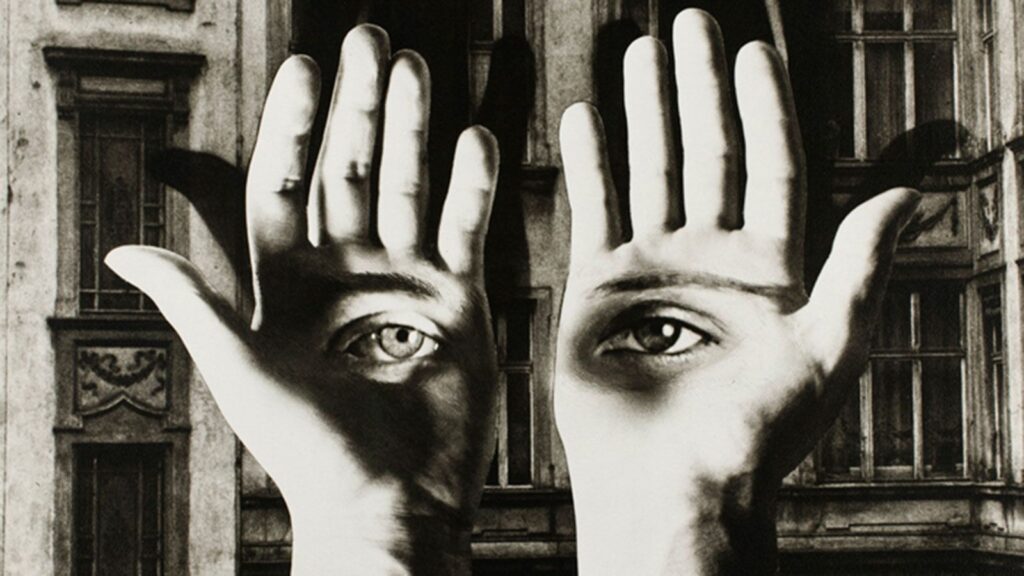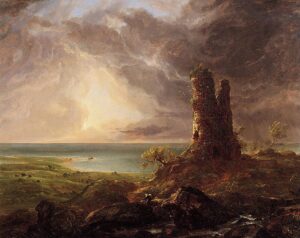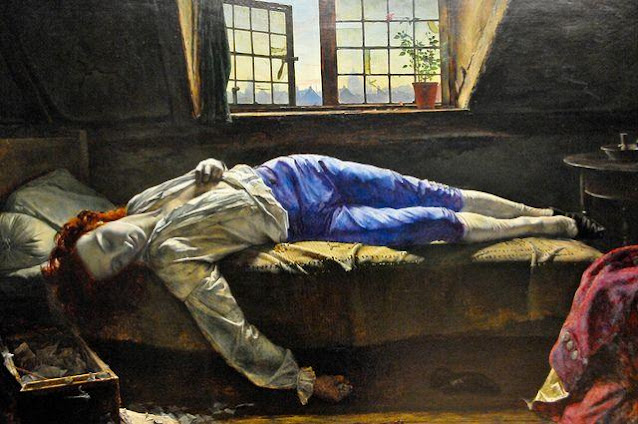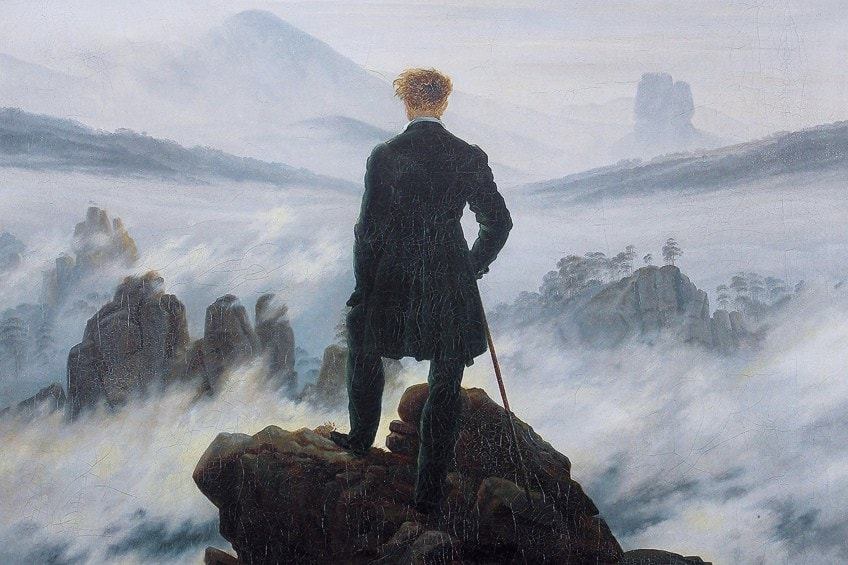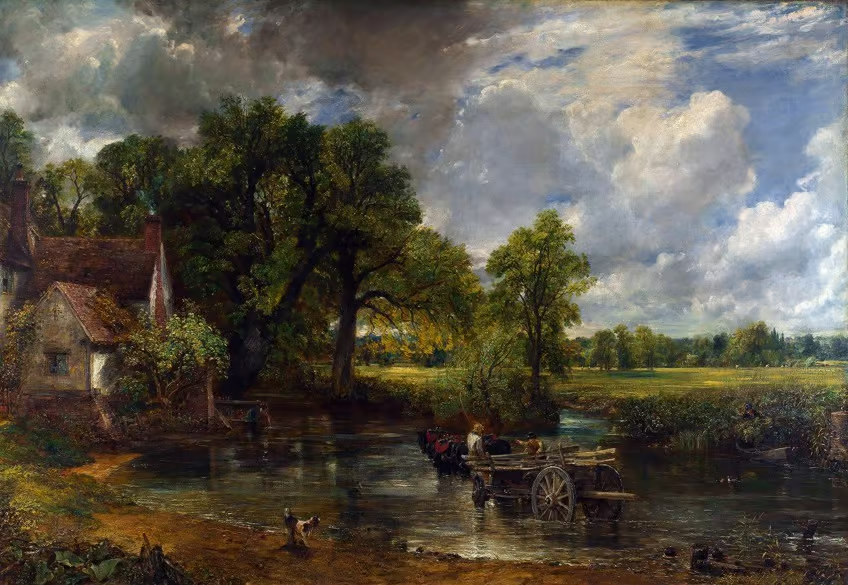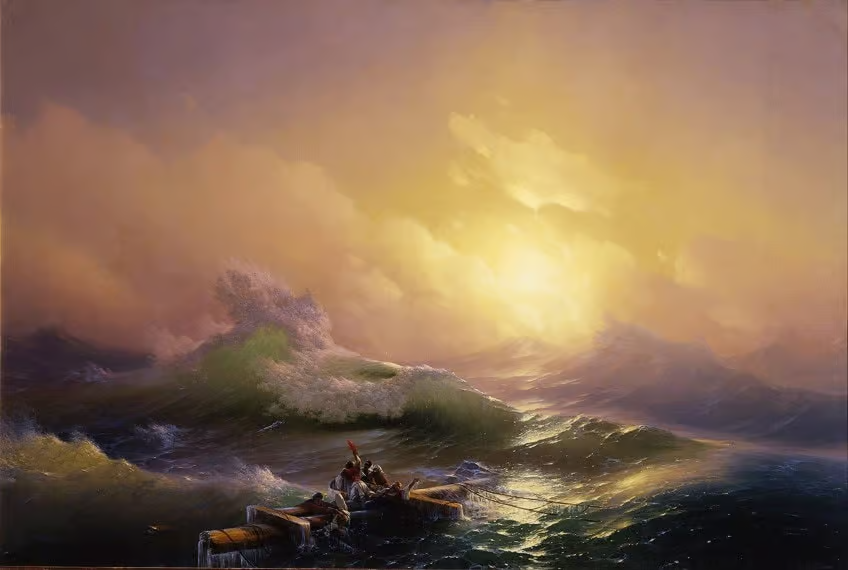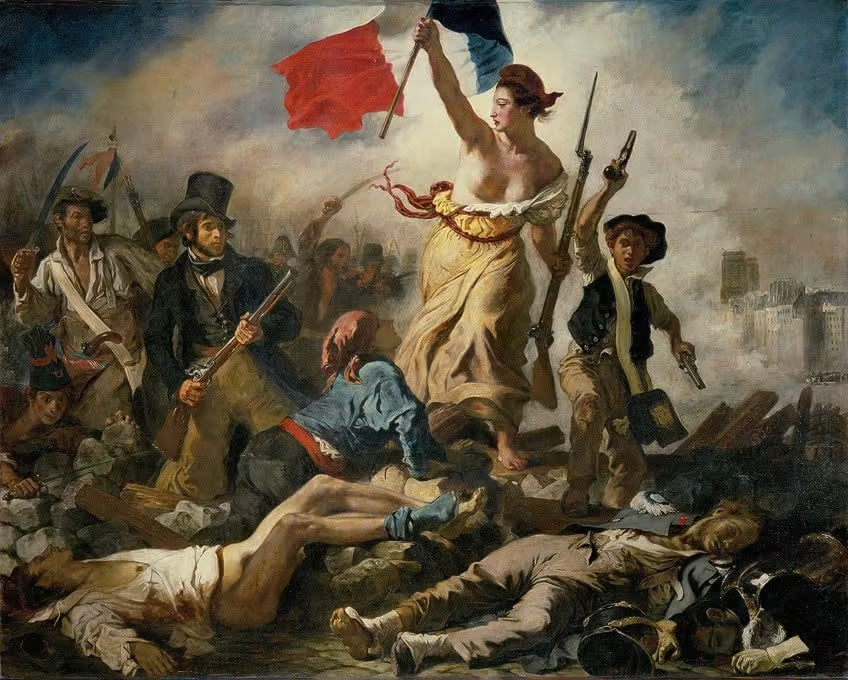Social realism
What is social realism?
Social realism, which is a term used to show realist artwork, which usually there is explicit reference to, or critiques of, prevailing social conditions.
A specific social realist movements include the Kitchen Sink School in Britain. Kitchen sink artists painted drab, cluttered works of British life during the period of austerity following World War Two.
History
Social Realism, which flourished with the popularization of the Great Depression in the United States in the 1930s, found its roots in American realism. As an art movement in the American artistic scene, social realism has a deep-seated relation to American scene painting and Regionalism as inspired by New Deal art for the art movement.
Mexico’s painter Frida Kahlo belongs into the movement of social realism. The Mexican muralist movement held its spark in the 1920s and 1930s and then inspired artists across the border. This constitutes one of the important forces in the social realism movement. It is marked by its political sails, most of which are truly Marxist, and narrates the social and political state of Mexico in the post-revolutionary environment.
How is social realism applied within photoraphy?
The world of photographic social realism is predicated on the imagery of daily life, on experiences of common people, and on the struggles against social and economic issues. These photographers work within the Social Realism genre to highlight the hard facts of life in marginalized communities, documenting the conditions of their lives in the hopes of awakening thought and engendering social change. This approach is characterized through a documentary style that often involves spontaneous moments and presses home authenticity and raw emotion with references to poverty, labor, and inequality. Social realism thus becomes a powerful critique and commentary on social norms and injustices, using stark images and approachable subjects as its means.
Photographer related to social realism
Dorothea Lange: Best known for her work during the Great Depression, particularly her iconic “Migrant Mother” photograph, Lange captured the hardships faced by impoverished families.
Lewis Hine: A pioneer of social documentary photography, Hine focused on child labor and the struggles of workers in the early 20th century, using photography to advocate for social reform.
Walker Evans: Known for his work during the Great Depression, particularly in collaboration with Lange, Evans documented the lives of sharecroppers in the American South through evocative imagery.
Symbolism
What is symbolism?
Symbolism is a literary and artistic device in which objects, characters, figures, or colors represent abstract ideas or concepts beyond their literal meaning. Through symbols, creators can express deeper meanings, evoke feelings, and embellish the themes of their works. A dove, for example, embodies peace, while a red rose usually stands for love. The symbolism enriches the interpretations and encourages the viewer or reader to look at it in a more profound way, contemplating how the symbols relate to the concepts they represent.
History
The advent of Symbolism as a literary movement traces back to France in the 1880s when Europe was going through turmoil and change. It was in 1886 the term came into circulation when the poet Jean Moréas published his ‘Symbolist Manifesto’ in the pages of the Parisian newspaper Le Figaro.The advent of Symbolism as a literary movement traces back to France in the 1880s when Europe was going through turmoil and change.
Even the greatest changes in creating havoc in Europe in the part of the 1800s were symbolized as the first literary movement beginning in France through the 1880s. This is evidenced wherein the term first came into circulation in 1886 when poet Jean Moréas published his ‘Symbolist Manifesto’ in the pages of the Parisian newspaper Le Figaro.
How is symbolism applied within photography?
Symbolism in photography means interpreting visual aspects to go beyond the ordinary subject and illicit emotions. To put across certain ewer abstract notions and themes, photographers may incorporate particular objects, colors, or settings in their photographs. For example, a photograph of a wilting flower would symbolize decay or loss, while a single figure in the foreground of a vast landscape could symbolize isolation or the human condition. Light and shadow, along with the selection of different settings, can also magnify the symbolic elements, creating moods corresponding to the message intended. By thoroughly selecting these aspects, photographers can induce viewers to engage at a personal level so that the experience may elicit reflections and emotions of a kind that go beyond the surface image. By virtue of this, symbolism adds depth to photography and, in turn, allows a fuller comprehension of the subject matter by the viewer.
Photographers related to symbolism
Andreas Gursky: Known for his large-format photographs, Gursky often captures landscapes and urban scenes that symbolize global themes such as consumerism and the vastness of modern life. His work plays with scale and detail, prompting viewers to consider the relationship between humanity and the environment.
Francesca Woodman: Woodman’s haunting black-and-white images often feature herself or female figures in surreal and dream-like settings. Through the use of motion, shadows, and ethereal environments, her work explores themes of identity, femininity, and mortality, laden with symbolism about the human experience.
Diane Arbus: Although her style is documentary, Arbus’s portraits of marginalized individuals and subcultures often carry symbolic weight. Through her subjects, she challenges societal norms and invites viewers to confront themes of identity, isolation, and the complexity of human existence.
Gregory Crewdson: Known for his elaborately staged scenes that often resemble movie stills, Crewdson’s photographs are rich in symbolism and psychological depth. His work typically explores themes of suburban life, alienation, and the uncanny, using symbolism to create narratives that provoke thought and invite interpretation.
Emotionalism
What is emotinalism?
Emotionally-based settings favor the projection of emotions and feelings over settled realism or skillful craftsmanship. In fine art, literature, and music, it expresses deep emotional experiences and subjective impressions and in so doing often aims to evoke an intense reaction from the viewer. This implies that emotionalism subordinates the choice of colors, shapes, and forms (or narrative in literature) to inner states and states of mood, establishing a powerful connection between the artist and the viewer. As emotionalism programs the work to transcend observation and invite the audience to engage in the shared emotional experience in their own way, it becomes a means for artists to address universal themes like love, loss, joy, and despair.
History
The expression of deep emotions and feelings beyond reasoning is the gist of emotionalism, which, as a philosophical and artistic movement, came into recognition after Romanticism, very much in the 19th century. Romanticism stressed individual expression, imagination, and passion concerning nature, thus paving the way for emotionalism. The emotionalism movement widely accepted the ideas of personal and the subrational. In the subjacent second half of the 20th century, this emotionalism found itself well entwined in the visual arts with Abstract Expressionism, where Jackson Pollock expressed raw emotionalism energetically through dynamic brushwork full of spontaneity. Today emotionalism continues to impact our culture by embedding values of honesty and emotional depth into art and personal expression.
How is emotionalism applied within photography?
Emotionalism is incorporated in photography through the capture of photographs that intimated strong feelings or moods; emotion supersedes objective representation or, more simply emotionalism. It is achieved when there is careful use of all the elements through which raw emotions are expressed – composition, lighting, colour, and subject. Photographers try to conjure that response in the viewer, even without the use of languages or conventional codes, simply looking for that immediate and visceral response. One example would happen in a portrait that focuses mainly on the facial expression without the bodily movements or in downward angles and up angles so that the subject will be presented on a less-than-ideal location at the last or when it appears dramatic, like desolation, happiness, or sadness. Despite all this, emotionalism in photography gives more importance to the image being stronger than the sum of its parts and much more than its colours and visual details becoming a channel of deeper communication with the observer.
Photographer related to emotionalism
Robert Mapplethorpe – His intimate and provocative portraits, especially those of the LGBTQ+ community, often explore themes of identity, desire, and human vulnerability, provoking strong emotional responses.
Nan Goldin – Famous for her raw, intimate photographs of her friends and personal life, Goldin’s work, particularly her series The Ballad of Sexual Dependency, is deeply emotional, addressing themes like love, loss, and pain.
Sebastião Salgado – His black-and-white documentary work often highlights human suffering, resilience, and dignity, especially in areas affected by poverty, war, and environmental disasters, evoking strong emotional responses to social issues.

